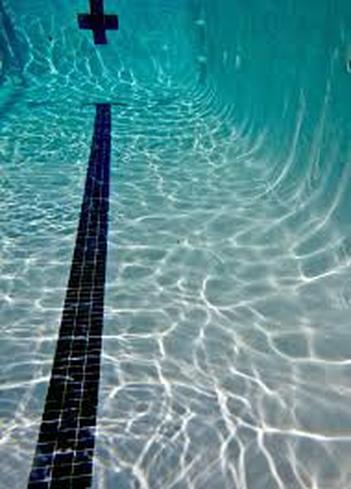 I am grateful that the pool is open today, Thanksgiving. I am grateful that there is only one other lap swimmer and that the pool is quiet. I am grateful that the pool water is almost warm. I am grateful that my back feels pretty good today. I am grateful that my goggles don't leak. I am grateful that I finally learned to swim. I am grateful that I persisted despite anxiety and old trauma. I am grateful for Kathy, my good and sensitive teacher. I am grateful for the support of the buoyant water, beneath me. I am grateful for all the air to breathe, above me. I am grateful for the black line on the bottom of the pool, straight, consistent, repetitive little tiles, counting breath, like a mantra. I am grateful for a long reach. I am grateful for a strong pull. I am grateful for flutter kick and hip rotation and high elbow. I am grateful for the sensuous pleasure of the water flowing over my skin, my muscles. I am grateful for the whoosh of water past my ears, the slight tang of chlorine in my mouth. I am grateful to float in stillness, to surrender tension to the water and feel restored. I am grateful that swimming has triumphed over pain. I am grateful, every moment, for what the water has given me. Here is a piece that a friend shared on Facebook. I found it to be such a call to awareness that I had to share it with you. It is this quality of "seeing" that makes Skip's teaching such a powerful experience for many students. It is what I aim for with each interaction with my massage clients: a sacred space where one is seen and respected, not judged. Often, it is a rare experience for people to be treated with such singular, focused respect. When one authentically and unconditionally experiences it, it is profound. The 4 Critical Questions We're All Unconsciously Asking Each
Other Constantly by Katherine Schafler, NYC-based psychotherapist, writer and speaker. from: TIME WELL SPENT // November 7, 2017 https://www.thriveglobal.com/stories/16020-4-questions-we-unconsciously-ask-near-constantly Maya Angelou suggests there are four questions that we’re all unconsciously asking each other all the time. We ask the people we love, we ask the people who matter to us professionally, and on a broader level, we ask the people we encounter as we go about our everyday lives: the cashier who takes your coffee order, the jogging neighbor you wave to from the car on the way to work, the elderly woman sitting across from you on the train. The four questions rarely get asked with words, just as they're rarely answered with words. They're almost always silent questions, because they're almost always unconscious. When the silent answer to each of the four silent questions is a definitive YES, the love (or basic sense of humanity, in the broader examples) in the relationship becomes more palpable and is in turn immediately felt. In a romantic context, when the questions go unanswered, the person unconsciously asking them typically becomes increasingly distant, grows restless in the relationship, and often starts seeking drama and distraction to get attention and feel more alive. In the broader context, people who don't get an answer to these questions (or worse, who receive a 'no') feel increasingly disconnected from any sense of community. Here are the 4 critical questions: Do you see me? Do you care that I’m here? Am I enough for you, or do you need me to be better in some way? Can I tell that I’m special to you by the way that you look at me? Whether it's your kids, your colleagues, your partner, or really anyone in your community, when someone feels genuinely appreciated by you, it’s because you treat them in such a way that affirmatively answers each question pretty consistently. It's because when you look at them, you actually take the time to see them. One reason why some people love dogs so much? Dogs answer the four questions with a big, “Yes!” near constantly. Those furry little spiritual masters are always in the present moment, so their quality of connection is always heightened (subsequently, so is the level of palpable connection they emit). Unlike our K-9 counterparts, we regularly slip out of the present moment and go somewhere else. It at least makes more sense when we evade the present moment during ostensibly mundane activities, like an unnecessary meeting, doing laundry, our commute, etc. But invariably, the habit of not being present spills over into the moments we really mean to be present for: - The love of your life walks into the room before bed and you barely look up from your phone. - You meet your best friend for brunch and go through the motions of the hug, the ‘you look so cute’ and the ‘it took forever to get here!’ without actually feeling much. - You’re tying your daughter’s shoe and when you’re done, you get up to reach for her packed lunch and hand it to her while you’re simultaneously grabbing your bag and keys, all without ever looking at her. We all do this. We blaze through darling moments every single day. Sometimes we don’t really remember much about our week because we just weren’t fully there. But how do we answer these questions constantly? I’m not encouraging intense stare downs with every single human you encounter, but what I do hear so often in my work is this: She’s looking at me, but it’s like she’s looking past me. I know he cares and I objectively know he loves me more than anything, but he’s so checked out. I just want to shake him sometimes like, wake up! If you see someone, let them know you see them. Slow down, and though it feels strange to write because it's so simple: take a second to actually look at another person. Just one extra second. Literally. And on the topic of literally, certainly if you love someone, show some love! Literally. Let the love you feel show on your face, in your eyes and in your quality of presence. Slowing down and taking the one extra second is how you connect. It's this incredibly simple part of the human experience that's getting lost in the modern rush. Taking the one extra second is the kind of quality that shapes your mood for the better after a bad news day (or bad news week, or bad news year), it's the secret to the people we find so charming, it's what the best leaders do -- helping people feel seen and valued will totally shift your life. We can all get by without connection, at least for a little while, but if we really want to thrive, we have to connect to each other. Connection is not based on how much time we spend with someone or what we do with them, connection is always based on quality of presence. This is why we fall in love with people who make us feel alive, because on some level, we're all desperate to be more present. Being present doesn’t require meditation, deep breaths, or anything like that. It’s just a one second decision, “Ok, I’m gonna be present now.” It’s not a decision you make in the morning and then never have to think about again, it’s a decision you make over and over and over again throughout the day. Ooops, wandered away from the present moment? No probs. The return flight is one second long. The four questions are impossible for you to answer unless you’re present. If you’re at all interested in experimenting with the idea that people are always asking the four questions, for one week, use an image of the number “4” as the wallpaper on your phone. Let the number be a cue to help you remember to answer the questions, not out loud, but on your face, in your touch, in your eyes, with the quality of your presence. Taking the one extra second doesn't have to be constant to be successful (i.e. to have an impact on your quality of connection to yourself and others). Just do it as you remember to, do it as you please, and that will be enough. Katherine Schafler is an NYC-based psychotherapist, writer and speaker. For more of her work, join her newsletter community, read her blog, or follow her on Instagram. "Sometimes, looking back can help one to see ahead. 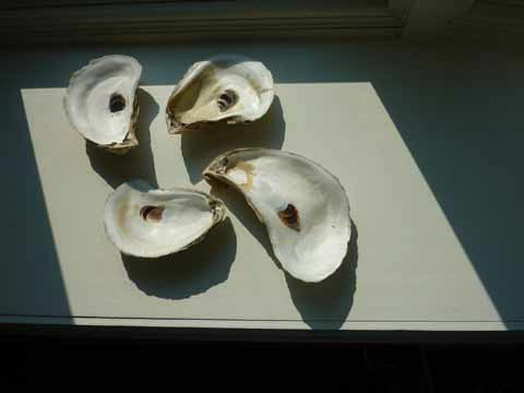 I laid the shells on the windowsill...the sun did the rest I laid the shells on the windowsill...the sun did the rest This is adapted from a post, "everything I know," I published in the original ART / LIFE blog, 9-1-10. I am working on a series of nonrepresentational paintings inspired by the oyster shell. They are based on the lovely mysterious shells, and on the process of painting them. About the feeling, the alchemy that happens when the materials, the vision and the presence all combine to become something else, that something being a painting. The painting, the process of painting it, and the experience of seeing it. Oysters. I said to a friend that this series is like a doctoral thesis, I am putting everything I know into these paintings. All the variations, experiments, explorations over the years, I have distilled the essential quality that is mine and am putting that into these pieces. We may think we are changing form(in our art), using different materials, different handling, but the essential, consistent signature of the maker will emerge. This really hit home when I recently went back through some of my very early work, up to the stuff I am doing now. I am so focused on what is ahead, the struggle to achieve something new that I often forget what I have accomplished along the way, fail to give myself due credit. What I found in those past works was startlingly familiar. Some of the paintings I had done 15, 20 years earlier look so much like what I am doing now. Yes, the skill was less developed, the styles are broad and experimental, but the impulse, the line, the core feeling is utterly consistent. . I could really recognize a personality emerging in all the years of work: Me. Honestly, I have to say, I was a bit taken aback to meet... Me. And, to appreciate Her. I could see a consistent sensibility developing, surfacing, whether the work was traditionally representational, abstract, covered in plaster, scratched and splashed, collaged, or whatever. There I was...and am, still. It was very interesting, and nice, really, to see this. There... I... Am. Matisse went back in his later years and looked at one of his first student, brown and grey Flemish still-lifes, and realized that that painting came close to containing everything he ever was. All there, already. We all know his form changed, his style expanded and developed, but he could see, in that chrysalis of a painting, himself, already fully there. "I realised, thinking about it, that what I recognised in it was my personality. But I told myself that if I had only ever done that canvas, this personality would have remained unnoticed because it would never have developed." Matisse said. Sometimes, looking back can help one to see ahead. Everything I now know is there. 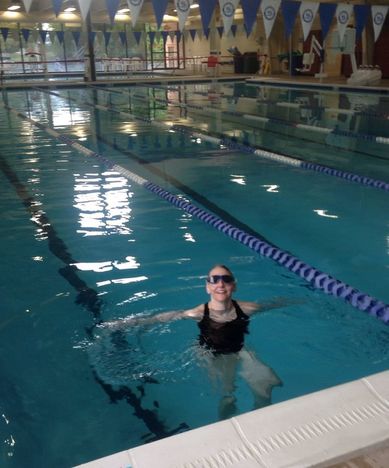 I feel like I have been wrestling an anaconda for the last...month? I've lost track of how long I have been working on this website. In my bathrobe, in the wee hours of the morning, on my trusty macbook air. In my bathrobe as it rolls over to noon, drinking cold coffee, tapping away. Still in my bathrobe, wrestling the anaconda at 1:00! And I'm done. I did it!!! I managed to Weebly my way onto the interwebcyberverse!! So here it is folks, www.dianesantarellalawrence.com, art pages and all. It will undergo a constant updating and refreshing, of course, but I have the basics down. I'd love to get your impressions. Have a look at the site and let me know what you think. I feel pretty damned proud of myself. I am going for a swim now. Turn my brain off and let the water restore me. 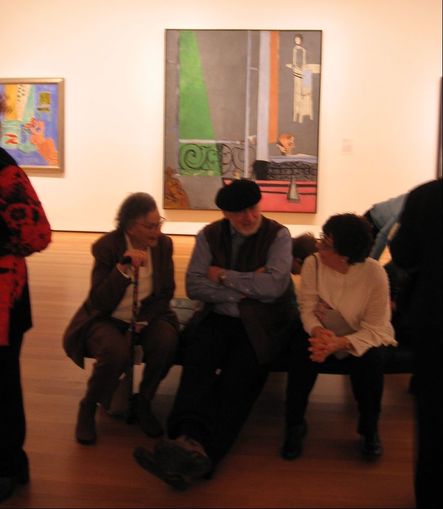 Ellie Reiff, Skip Lawrence and Dawn Greeley. Ellie Reiff, Skip Lawrence and Dawn Greeley. Have you read Hilary Spurling's two volume bio of Matisse ? I highly recommend it. I love biographies of artists and creative people. The bio of Matisse is lengthy, but I found it a fascinating read. His long life spanned two world wars and a sea change in culture and the arts. Anytime I read an artist's biography I take notes to see where their process might feel familiar, to see what I can take into the studio myself. It is tempting, especially with someone like the immortal Henri Matisse, to think, ”This is it - they have it ALL FIGURED OUT. If I just do what they did, I’ll discover the BIG SECRET for myself!” But the lessons are so much more relevant if one can view their journey through the prism of one's own experience. That particular artist mastered the lessons of their lifetime in the context of their culture, their moment in history, their karma. Our journeys may share a few similarities as artists, but that is usually where any overlap end. There is a lifetime’s worth of wisdom to glean from Matisse’s fearlessness and dedication to his own vision. Here are a few nuggets that I saved to help me along my way. TEN THINGS I LEARNED FROM HENRI MATISSE 1) Say more with less. 2) Say more with more. 3) Changing form is not artistic schizophrenia, it is creativity. 4) Try everything, but only keep what serves your vision. In other words, don’t follow a popular style or material at the expense of your own authentic narrative. 5) Beauty isn’t always pretty 6) but, Pretty can be powerful when imbued with great feeling and originality. 7)Making creative choices and decisions is more important than just depicting/describing something. 8) Any subject/object can be the starting point for making art. 9) Age is no excuse for laziness. 10) Find joy in the process. That last one is a very important piece of wisdom. Matisse worked in an almost relentless state of self-imposed pressure and anxiety. Sometimes the public loved the result, often it did not, at least in Matisse's lifetime. There are no guarantees of success when making art, so if there is any satisfaction to be had, it had better come in the creative process. When I look at the carnival of color and apparent joie de vivre in Matisse’s work, I wonder what a little dose of relaxation and joy might have done for him. Would he have had the compulsive perseverance to push ahead in his work if he had "lightened up" a bit? History's gain was his loss. He suffered insomnia, sickness, and was plagued by constant anxiety while making his glorious art. I guess I can rest assured that I am not rewriting the course of Art History, so I can afford to enjoy the ride. Any of us who have the opportunity in this life to make art are truly fortunate. To get all angsty about is seems so small and self-important, as if to throw the gift back to the gods. I hope that Matisse took some satisfaction in knowing that he was always true to his own vision. That is the the main thing I took from Matisse, and if I can say that, at the end of my days, I will feel like a real success. So, to Life, to Art, to Matisse! Enjoy! |
AuthorArtist, writer, workshop planner, swimmer, dog-mom, wife...I find inspiration in the serendipitous connections between making a meaningful, beautiful life and making honest art. Archives
August 2018
Categories
All
|
|
All work on this site is original by Diane Santarella Lawrence, unless noted, and is
fully Copyrighted. The nature of social media is sharing, so please share respectfully and responsibly and give credit where credit is due. Many of the beautiful images taken in the studios of Skip and me are by Joel Kiester and Brian Eiseman of 1513Photo. Many thanks, Guys, for your friendship and elegant work! And Thanks to my two biggest fans, my husband Skip Lawrence and Rothko the Wonderdog for constantly surprising, challenging, inspiring and supporting me. |
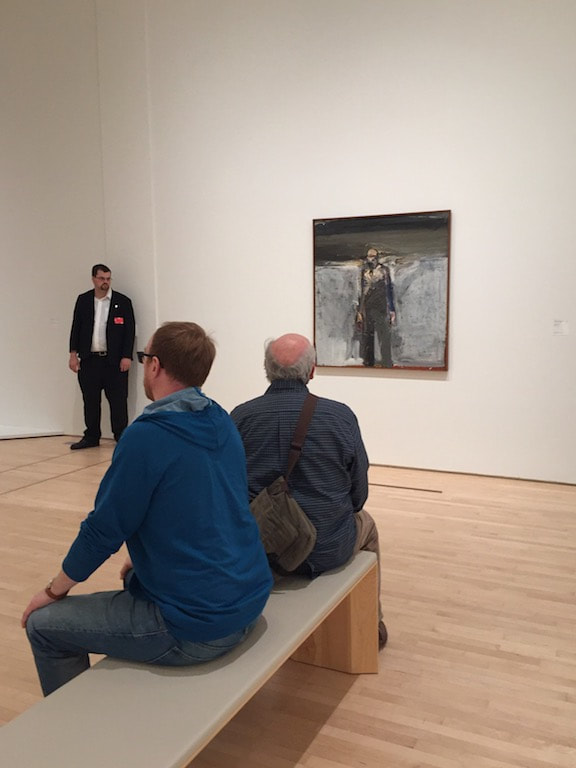
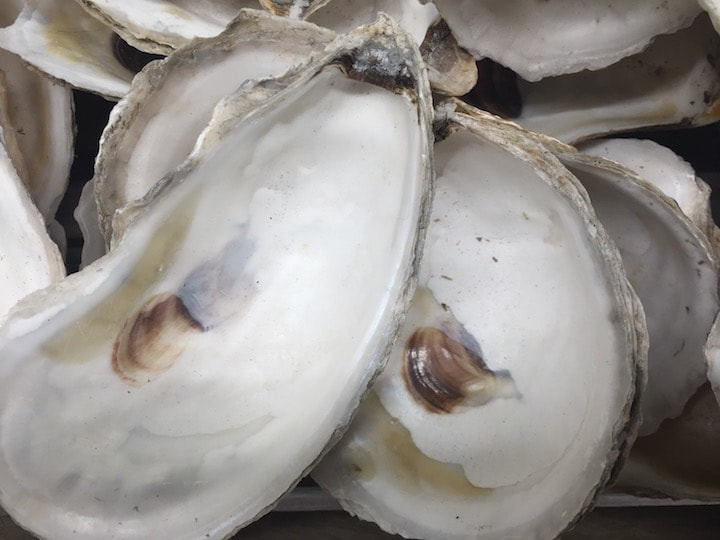
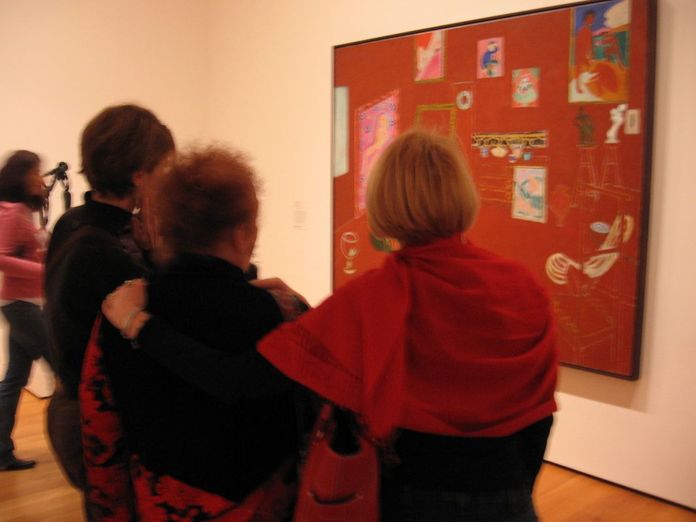
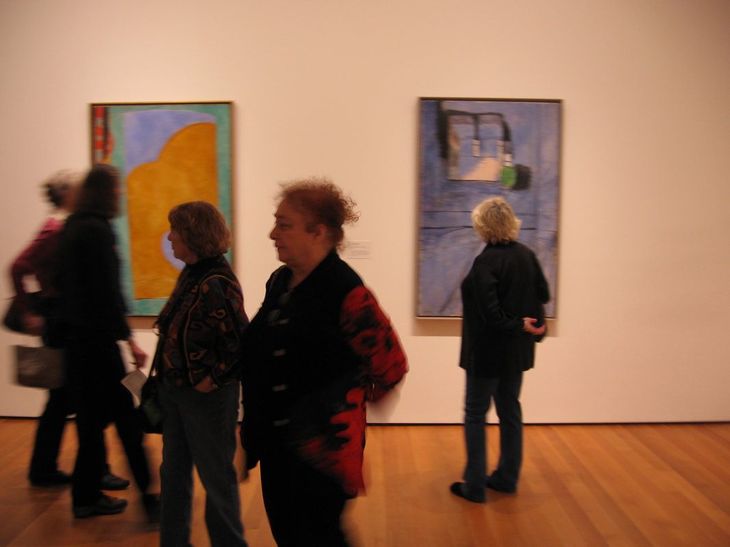
 RSS Feed
RSS Feed